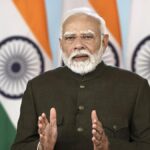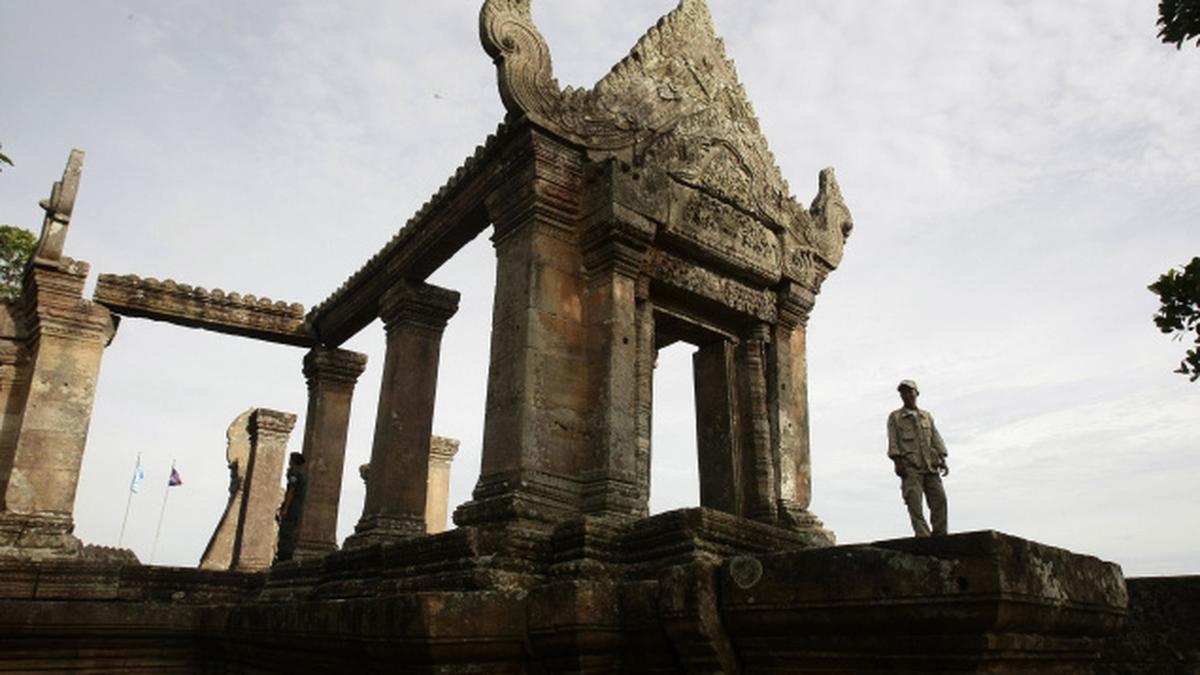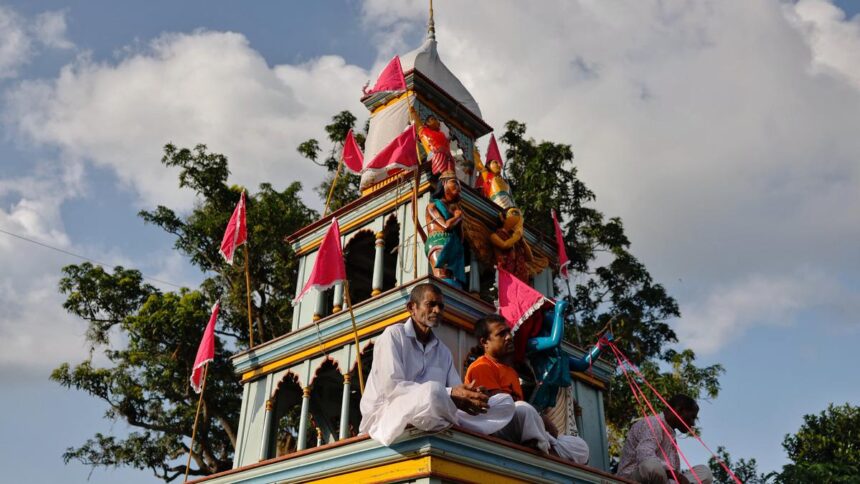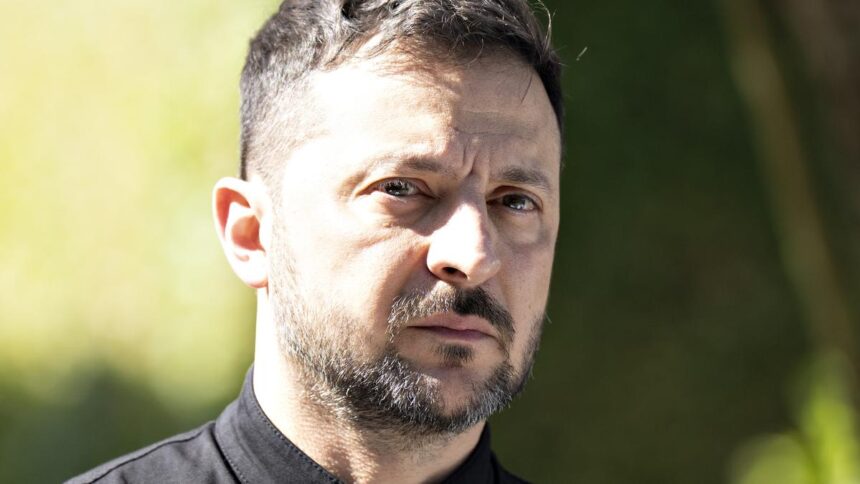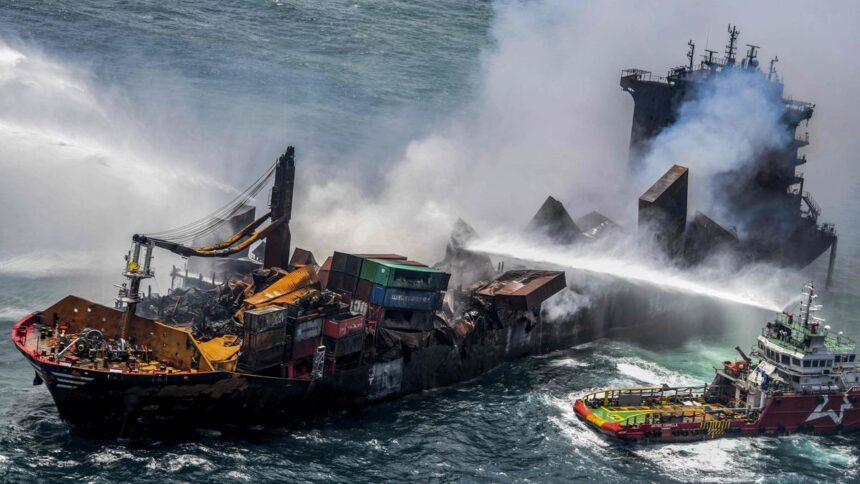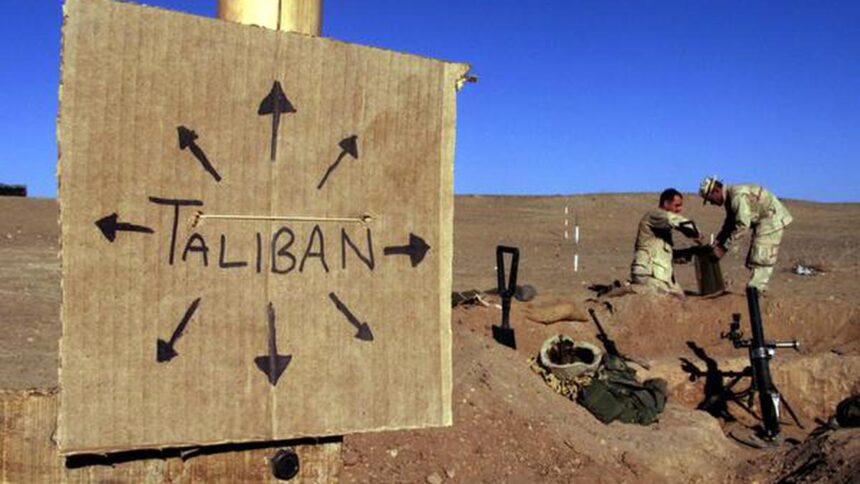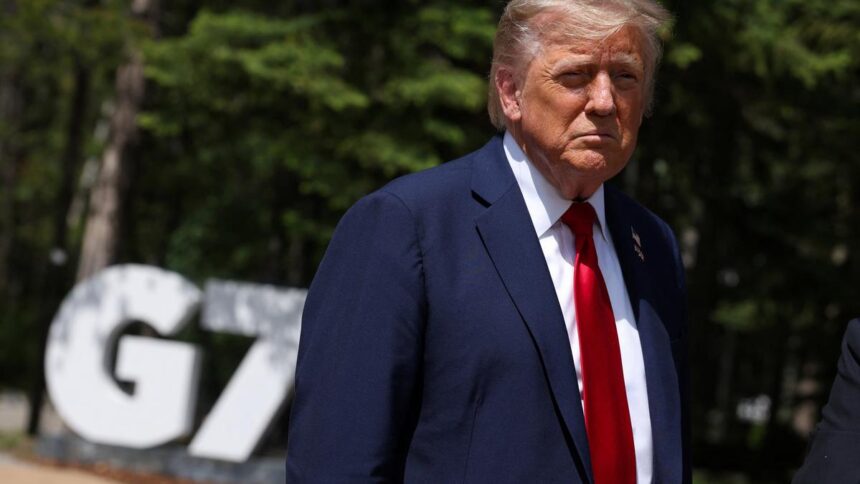Story so far: “It is believed that the Cambodian government, led by Samdech Akka Moha Sena Padei Techo Hun Sen, is behind these appalling attacks,” claimed the Thailand Army on July 31, 2025, alluding to the former Prime Minister’s involvement in the current border clashes between the two countries. Posting photos on social media of himself poring over detailed maps and radio set in hand, the 72-year-old former guerilla fighter has taken charge of the country’s military response as Cambodia fired artillery into civilian areas in Thailand’s border areas.
The most recent flare-up between the two nations which share an 800-km long border occurred on July 24 when Thailand conducted airstrikes on Cambodia’s military positions using F-16 fighter jets. In retaliation, Cambodia fired artillery and rockets into Thailand’s civilian areas. For four days, intensive crossfire continued killing 11 soldiers and 14 civilians in Thailand, while Cambodia has confirmed only eight civilian and five military deaths. Over 1,38,000 people have been displaced in Thailand while 1,40,000 have fled their homes in Cambodia.
What is the reason for conflict?
At the heart of the dispute is both countries’ claim over a centuries-old Hindu temples – Preah Vihear temple.
The Preah Vihear temple (known as Phra Viharn in Thailand) is a series of religious structures dating back to the 11th century during the peak of the Khmer Empire, according to Stanford Program on International and Cross-Cultural Education (SPICE). The Khmers, ancestors of modern-day Cambodians, also built Angkor Wat and governed over most of today’s Thailand. With Lord Shiva as its presiding deity, Preah Vihear’s structures are linked by an 800-metre long system of pavements and staircases and are renowned for its carved stone ornamental architecture which has adapted to the natural environment through the years.
As the Khmer Empire declined, by 1794, the temple came under Thai (then known as Siam) control. In 1863, Cambodian King Norodom requested French protectorate status for the temple and four years later, the Siam king renounced his claim over Cambodia in exchange for northern and western parts of the Khmer kingdom, including the area around Preah Vihear. However, with the French advancing across the subcontinent in 1904, the Siam and French powers agreed to put most of the temple in modern-day Thailand, but the treaty did not state that conclusion. It agreed that precise demarcation of the Thai-Cambodian border would be agreed to by a joint commission.
In 1907, a topographical survey conducted by the French mapped all of Preah Vihear on Cambodia’s side, strengthening the nation’s claim over it. The Siam members of the joint commission opposed the mapping, laying claim to the temple. Between 1907 and 1953, Preah Vihear’s control passed from Cambodia to Thailand to French before Cambodia gained its independence. In protest, Thailand moved its troops into Preah Vihear in 1954, replacing the French troops and installing the Thai flag onsite. After five years of diplomatic efforts to reach a mutual solution, Cambodia filed a suit in the International Court of Justice (ICJ) in 1959.
On June 15, 1962, with nine votes tor and three against, the Court declared that Cambodia held sovereignty over the ruins of the temple which is situated atop a cliff in Cambodia. However, the main entrance of the temple opens towards eastern border of Thailand, making it more easily accessible from Thailand. A month later, Thailand removed its flag and evacuated its troops from the site. With the Cambodian troops and guerilla warriors taking over the site and bordering areas, Preah Vihear remained closed to visitors till late 1990s.
The site gained fame in July 2008 when the temple featured in UNESCO’s World Heritage List, with Thailand endorsing Cambodia’s bid. However, it triggered a severe backlash in Thailand, leading to the resignation of Foreign Minister Noppadon Pattama and Thailand withdrawing its support for Cambodia’s UNESCO bid. Tensions arose around the border with Cambodia accusing Thai troops of crossing over into their territory. Thailand claimed that it had deployed troops around the 4.6-square-km piece of land around the temple, on which Thailand held sovereignty. Since then, both nations’ troops have often clashed in the border area. The politicial leadership of both Thailand and Cambodia have stoked ‘nationalistic pride’ in maintaining that they hold sovereignty over the area surrounding Preah Vihear.
Notable clashes and ICJ intervention
In October 2008, rifles and rockets were fired across the border killing two Cambodian soldiers. This led to a military stand-off with over 1000 soldiers being stationed around the area. After an agreement, the two began a step-by-step withdrawal leaving only a skeletal unit of troops on either side of the border.
In February 2011, artillery firing broke out across the border for four days, killing atleast five. As tens of thousands of people were displaced in the fighting, Cambodia sought an interpretation of the 1962 ruling from the ICJ. Meanwhile, the Association of Southeast Asian Nations (ASEAN) agreed to deploy Indonesian observers on both sides of the site to maintain status quo. As a political war of words escalated on both sides, in July that year, ICJ ordered the nations to withdraw troops and create a demilitarised zone around the temple.
In November 2013, the ICJ ruled that the area around the temple also belonged to Cambodia and ordered Thai security forces to leave the area. However, Thailand’s troops remained put in the area.
What prompted the recent clashes?
In February, an altercation broke between Thai and Cambodian forces over ‘forced entries’ into the temple and singing respective national anthems. After months of border fortifications, in May, cross-border firing occurred resulting in the death of one Cambodian soldier.
Amid troop mobilisation, trade restrictions and border closures on both sides, a phone call between then-PM of Thailand – Paetongtarn Shinawatra and Cambodian former Prime Minister Hun Sen was reportedly leaked, creating an uproar in Thailand. In the leaked call, Ms. Shinawatra was heard referring to Mr. Sen as ‘uncle’ and criticising her own military commander as her ‘opponent’. She was later dismissed as Prime Ministers by the Thai Constitutional court.
Things worsened between July 16 and 23 when eight Thai soldiers were injured in two landmine explosions, leading to full-scale conflict breaking out on July 24 and later, a ceasefire brokered by Malayasia on July 28. On August 7, 2025, both the nations agreed to establish interim observer teams to monitor the ceasefire.
(With Inputs from The Hindu Archives)
Published – August 08, 2025 10:48 am IST





